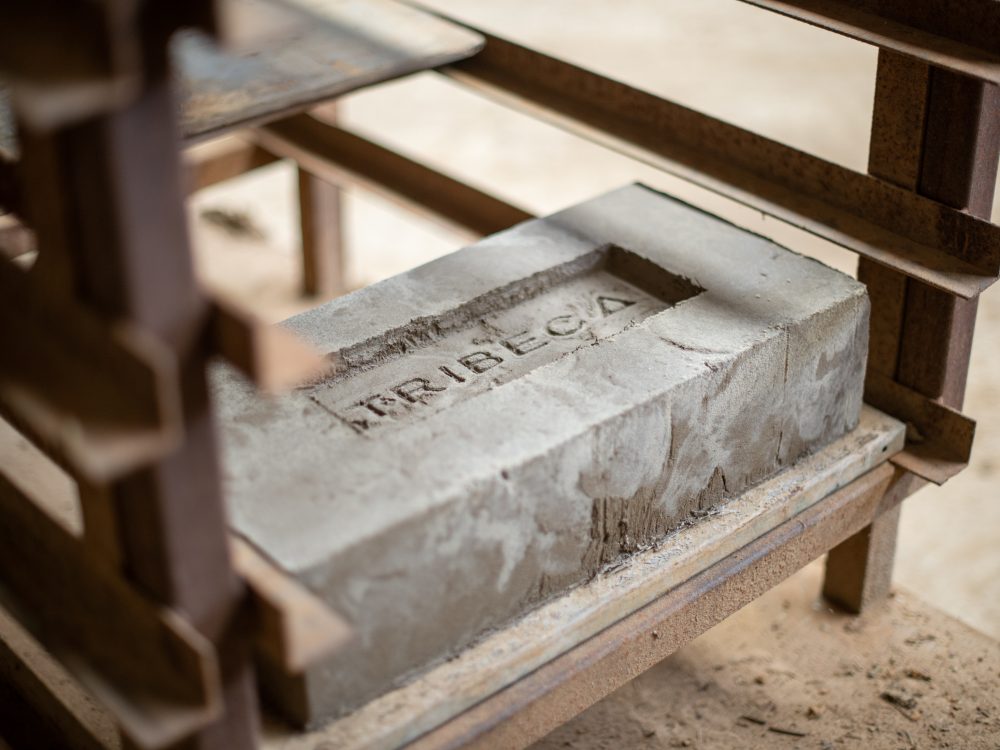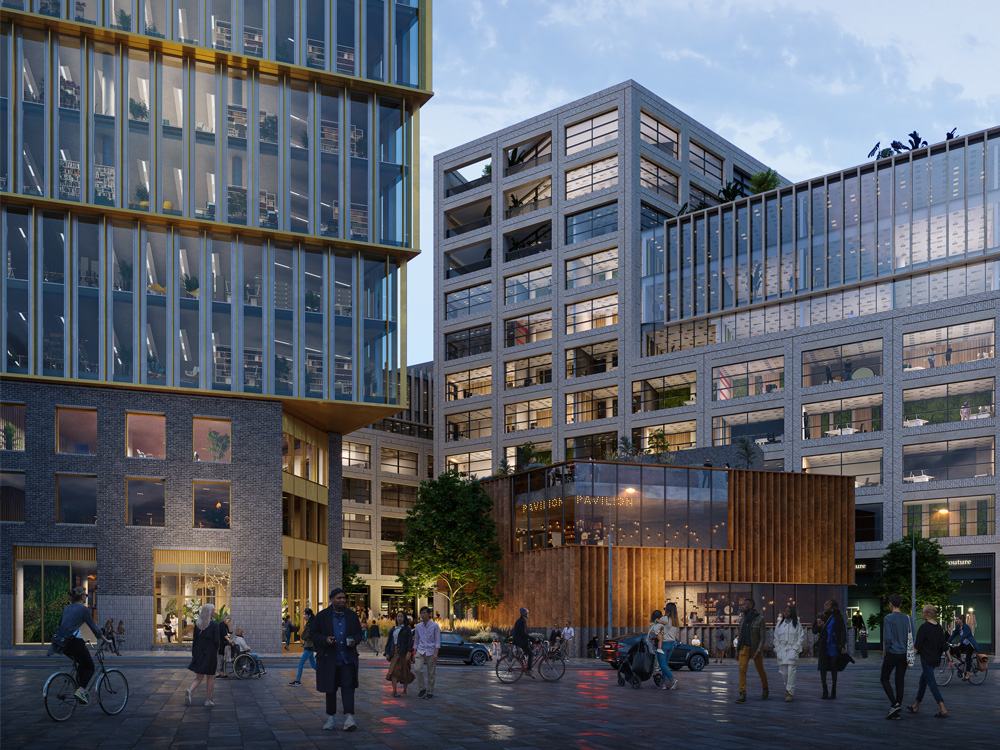St Pancras – the once beating heart of the industrial revolution
As a meeting point for road, rail and canal, St Pancras and the King’s Cross area was historically as essential to the function of London as the City, West End or the London docks. Now it is home to a world-class cluster of organisations that includes Google, the British Library, Central St Martin’s College of Art and Design, The Francis Crick Institute and Alan Turing Institute. Others will soon arrive, among them Facebook and the new Tribeca development.
These institutions occupy an area that 25 years ago had been more or less abandoned, a no man’s land forgotten or ignored by the majority of Londoners. The patch of land between Euston Road and the Regent’s Canal was originally called Battle Bridge – some claim it was so named because it was the site of Boudicca’s final stand against the Romans, although there’s no truth to this or the rumour that she is buried beneath platform 8 of King’s Cross station.
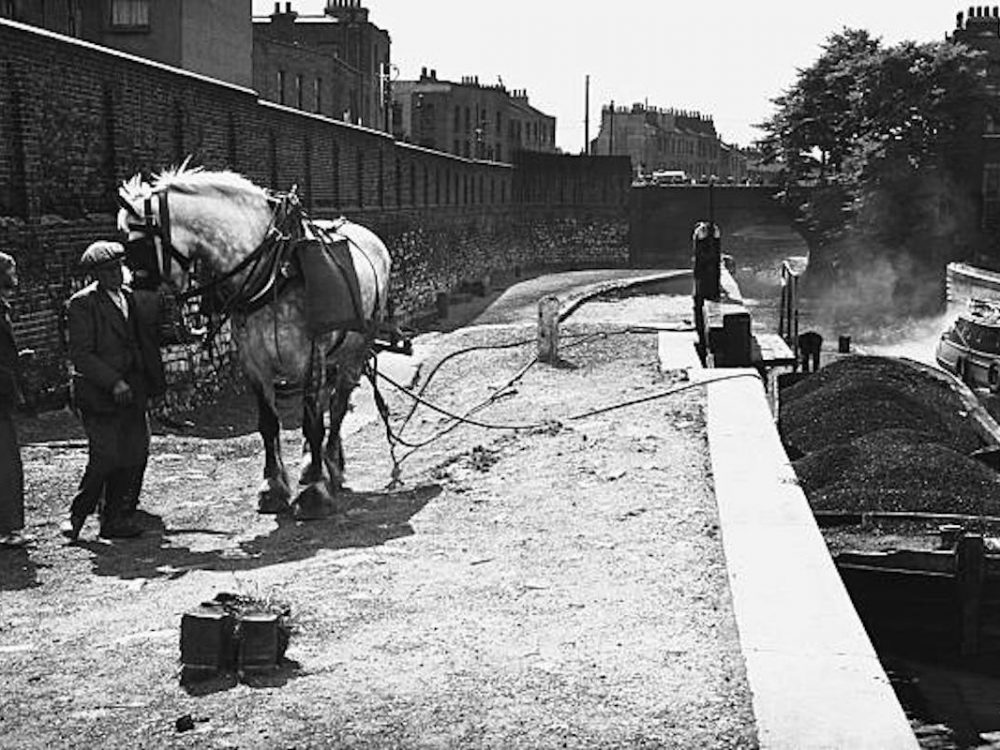
It was renamed King’s Cross in the 1830s after a huge statue of George IV was erected atop a grandiloquent 18-metre monument – one that was so imposing and unpopular it was dismantled within ten years. By then, the land was largely occupied by warehouses and storage buildings – vital services that started to sprout in earnest with the arrival of the Regent’s Canal between 1812 and 1820, connecting the Thames to the rest of the UK via the Grand Union Canal.
On the southern boundary was the New Road, slicing east-west through the top of London, bringing urbanisation to what had previously been farmland. The presence of canal and bypass made this the obvious place to build railway stations following the invention of the steam engine, and these slotted neatly into the gap between water and road. Euston Station came first in 1837, followed by King’s Cross in 1852 and the architecturally magnificent St Pancras in 1868. Land that had once been used to feed a city was now one of the most densely industrialised places on the planet – all within a matter of decades.
It can be hard to picture this industrial heyday when exploring King’s Cross and St Pancras today but old maps show an area covered with a mass of railway sidings, gasholders, canal docks, garages, locks, cranes, warehouses, goods sheds - the messy guts of industrial Britain.
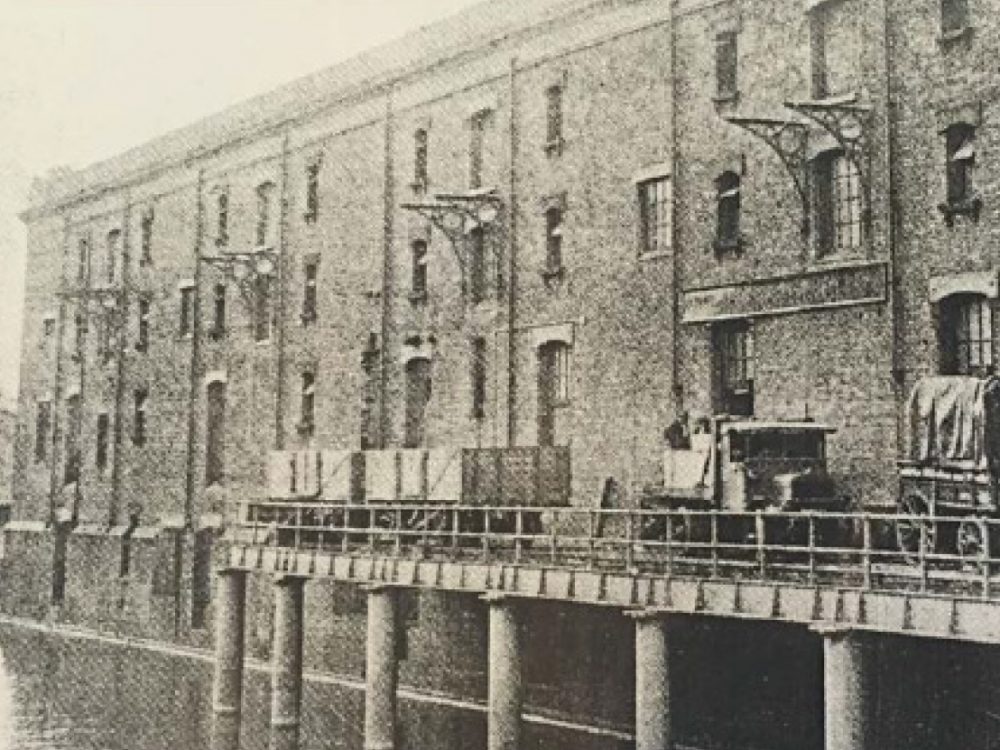
It would have been smelly, busy and deafeningly loud. Boats from the London docks travelled along the canal from Limehouse containing goods that were loaded on to trains to be taken to the midlands and north – food, sugar, cotton, items to feed and clothe the cities of the north plus raw materials for the factories. Trains laden with coal and food would come in the other direction to power and feed the rapidly expanding metropolis or to be transported further afield via the Thames to the oceans of the world. King’s Cross was the nexus of this essential interchange of needs, the beating heart of the Industrial Revolution.
King’s Cross thrived as a working area until the Second World War but decline set in shortly after. Rail and canal were slowly supplanted by roads, leading to the closure of the docks in London as the age of the motorway arrived. The end of canal freight came with the Great Freeze of 1963, when the canal was unusable for three months. The proud old waterway sank into disuse. Passengers still used the mainline stations, but they generally exited directly on to the Euston Road, leaving the patch between road and canal derelict and destitute. Into this liminal space moved London’s night-time economy – both legal and illicit. As a result, by the 1980s and 1990s King’s Cross was a no-go area for many Londoners.
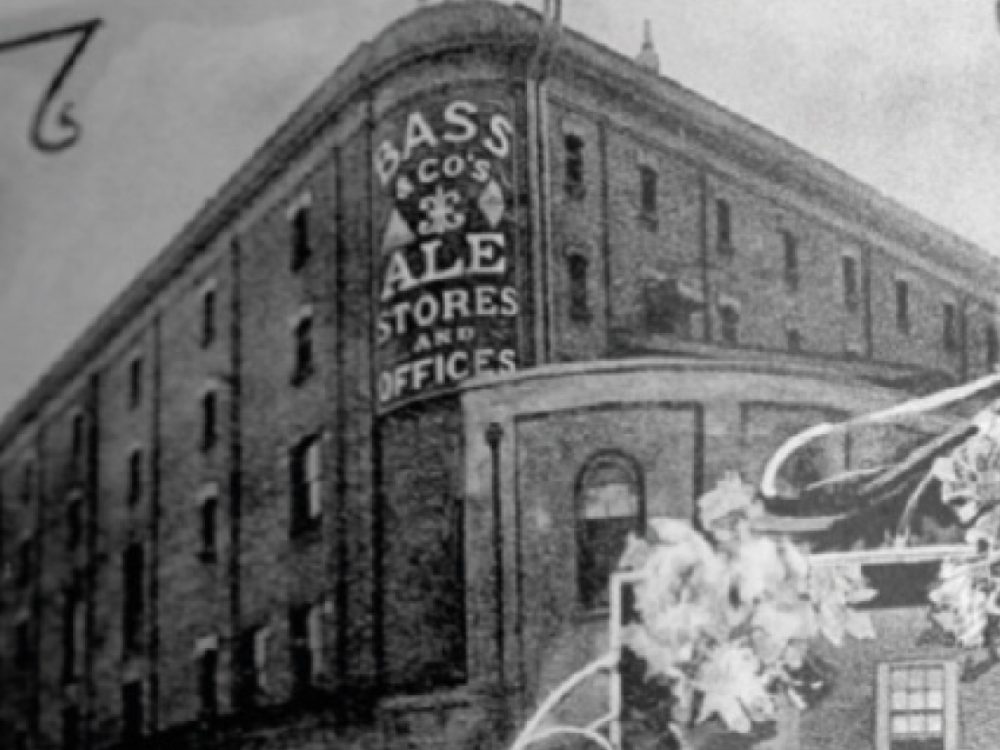
Redevelopment was slow, beginning with the construction of the British Library in 1998. That led to the gradual rehabilitation of the area into a vibrant space, cleverly centred round the calming presence of the canal, which was given a new lease of life as a place for leisure. Here people could walk, jog or cycle, or simply sit and chat while looking at the water and passing narrowboats. Around this central area spills all the energy of modern life. People are drawn from exciting local workplaces and colleges to populate the shops, bars and restaurants, bringing a natural buzz and enthusiasm. This native population is a crucial element in the current stage of King’s Cross great adventure, forming a conglomeration that creates London’s Knowledge Quarter, making King’s Cross and St Pancras a place of science, technology, innovation and education.
It’s a role that King’s Cross has embraced with relish. The latest arrival is Tribeca, a development of five separate buildings overlooking the canal – The Apex, The Reflector, The Flare, The Link and The Platform featuring laboratories and office space. It is being constructed on the site of a building popularly known as “the ugly brown building” that was built in the 1980s as a Post Office sorting office replacing The Granary, which burnt down in 1978. The Post Office left the site in the 1990s, and in 2000 it was acquired by Ted Baker to become their HQ. As Tribeca, the site will continue to house Ted Baker, while also offering the first Ted Baker hotel alongside shops, offices, housing and laboratories.
The towpath will contain new mooring facilities for narrowboats as well as public access to the canal, further integrating the transformed canal with the surrounding neighbourhood, extending the King’s Cross experience further towards Camden. With it comes more evidence that King’s Cross has changed forever and is now the locus of the fourth great Industrial Revolution, ensuring that London remains at the forefront of evolution and change.

